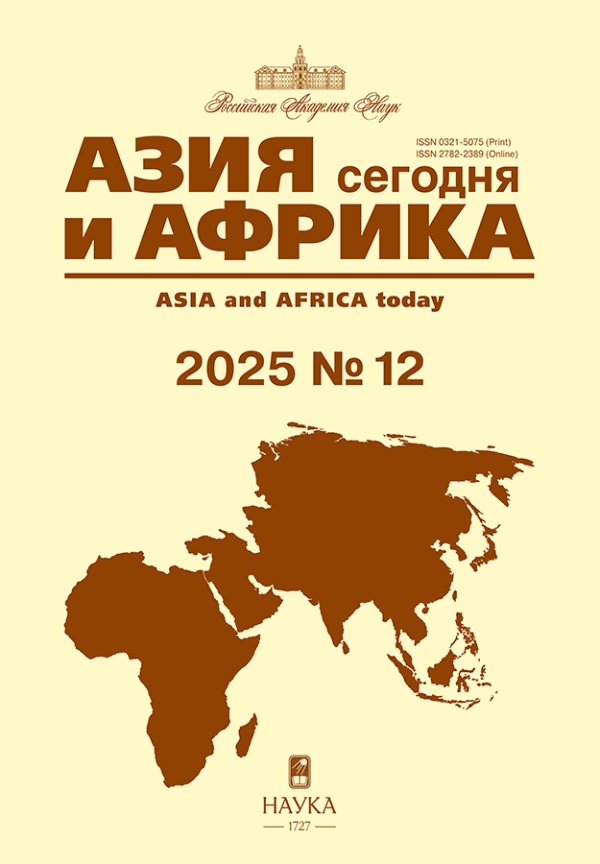Catching Up and Overtaking Growth of Developing Countries: Dimensions, Factors, Problems and Prospects. Part 1
- Authors: Meliantsev V.A.1
-
Affiliations:
- Lomonosov Moscow State University
- Issue: No 7 (2023)
- Pages: 5-14
- Section: Top problem
- URL: https://journals.rcsi.science/0321-5075/article/view/141055
- DOI: https://doi.org/10.31857/S032150750026562-0
- ID: 141055
Cite item
Full Text
Abstract
About the authors
Vitalii A. Meliantsev
Lomonosov Moscow State UniversityRussian Federation, Moscow
References
- 1. Heblich St., Redding St., Voth H.-J. Slavery and the British Industrial Revolution. The VoxEU. 11.02.2023. https://cepr.org/voxeu/columns/slavery-and-british-industrial-revolution (accessed 11.02.2023)
- Мельянцев В.А. Восток и Запад во втором тысячелетии: экономика, история и современность. М.: Издательство МГУ, 1996. 304 с.
- Maddison A. 2007. Contours of the World Economy, 1 – 2030 AD. New York: Oxford University Press. 418 p.
- Мельянцев В.А. Основные тенденции, детерминанты и проблемы-противоречия современного экономического роста в развитых и развивающихся странах. Восток (Oriens). 2021. № 5. С. 203–215. doi: 10.31857/S086919 080016660-3
- Мельянцев В.А., Адрова И.С. Индонезия: важнейшие тренды, пропорции и факторы экономического развития. Часть 1. Азия и Африка сегодня. 2021. № 3. С. 5–13. doi: 10.31857/S032150750014279-8
- Мельянцев В.А. Насколько масштабно и быстро развивающиеся страны догоняют развитые? Восток (Oriens). 2023. № 3. doi: 10.31857/S086919080025205-2
- Мельянцев В.А. Влияние накопления, человеческого капитала и институтов на рост производительности в развитых и развивающихся странах. Азия и Африка сегодня. 2022. № 2. С. 14–28. doi: 10.31857/S0321507500 18791-2
- Цветкова Н.Н. Глобализация и глобальные цепочки стоимости. Страны Востока и Россия в глобальных процессах. Отв. ред. И.В.Дерюгина. М.: ИВ РАН. 2022. С. 247–262.
Supplementary files











